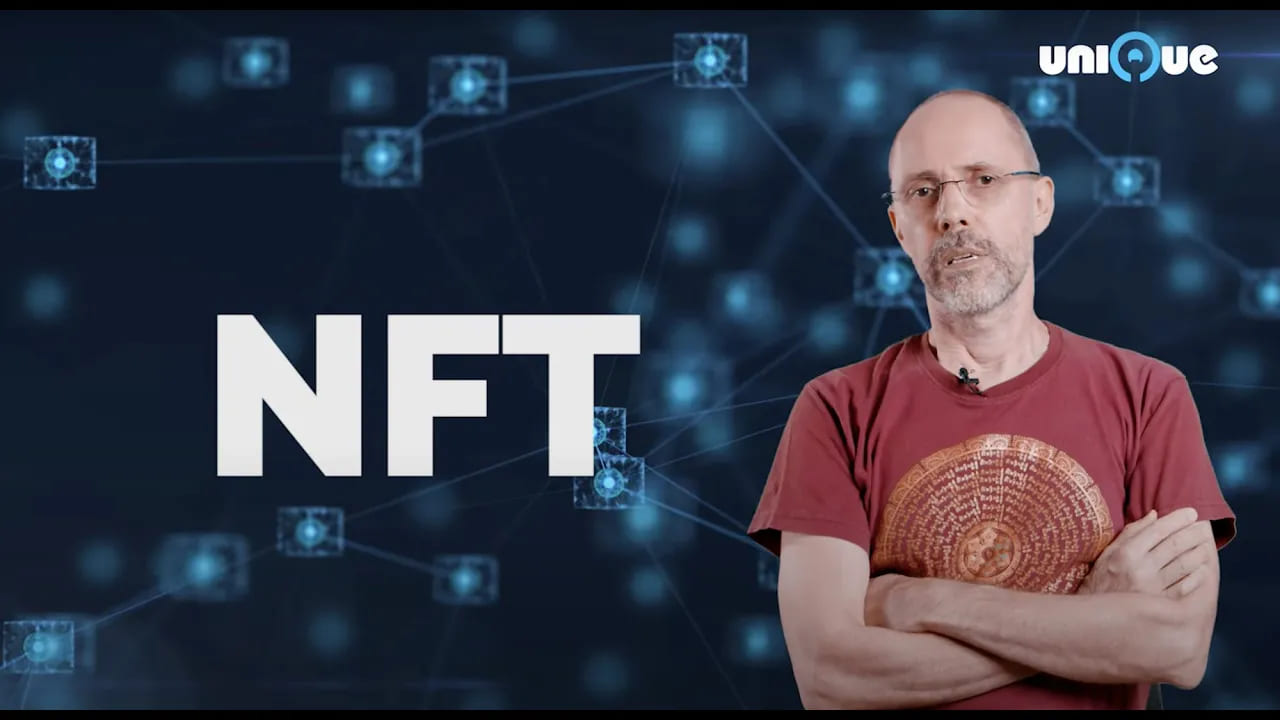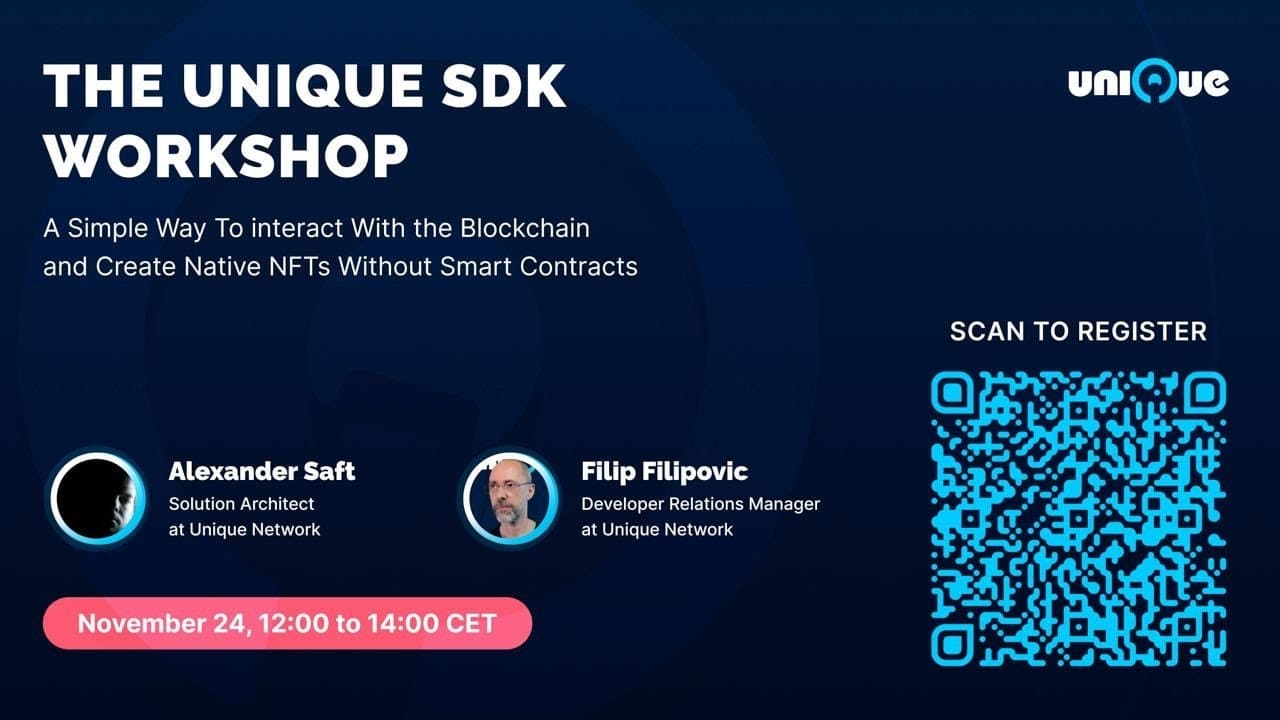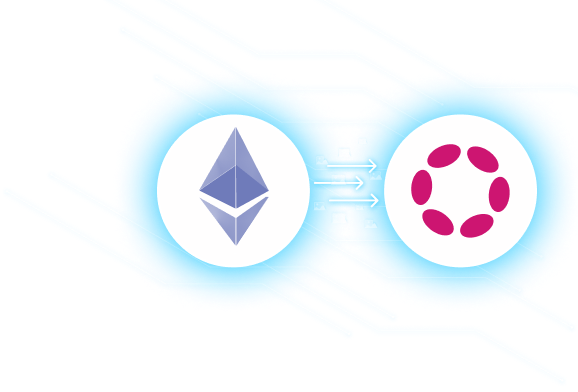As our "Punks for the People" campaign to free a CryptoPunk from Ethereum begins, read a deep dive into the unique power of refungible tokens and how they reimagine NFTs and the blockchain
For generations, value has been defined by fiat currency, fungible assets, and an unwillingness to think outside the box when exploring the opportunities of collective ownership. But no longer does our past need to define our present, and especially our future. As NFTs have reimagined ownership, investing, and access to wealth, a new technology being pioneered by Unique Network, refungiblitity (or RFT) will breathe new life into a world that’s ready for more.
An innovative spin on fractionalization for the Polkadot ecosystem, RFT powers our “Punks for the People” campaign, where we are demonstrating the power of RFT technology through the shattering of CryptoPunk #3042. Just like we will break up this classic punk into tens of thousands of pieces to give to our community, RFT will break barriers in how we define value, community ownership, and the concept of collateral. Let’s find out how—and why.
From publicly traded companies to ancient frameworks like hereditary succession, fractional ownership has existed in different ways throughout history. At Unique Network, where our mission is to promote advanced features and next-generation use cases for blockchain and NFTs, we see fractional ownership and our own RFT technology as a solution fit to enable NFTs for dynamic trade and commerce. RFT technology also speaks to a mindset of openness and accessibility, themes that over time have been oft-abandoned from the early days when blockchain thrived on open-source technology and a punk mindset. As early NFTs like Cryptopunks sell for millions of dollars, newer blue-chip collections like Bored Ape Yacht Club have come to represent an elitist “boys club,” shared ownership, and the liberation of NFTs across multiple blockchains has become more of a rarity. We are dedicated to changing that.
Why should NFTs (and their utility) be confined to a single ownership model or blockchain, for that matter? Blockchain was built to flex the power of open-source technology, where innovation is shared, not gatekept. NFTs have caught the world’s attention because they open doors for artists, communities, and novel opportunities for profit. We can’t let innovation live in a vacuum or be controlled by single, powerful entities. Both re-fungibility and cross-chain NFTs give power back to the people, as the blockchain was always meant to do. Let’s look at a few use cases which demonstrate the power of re-fungibility.
-
NFT Fractionalization: Our Punks for the People campaign demonstrates how re-fungibility allows for multiple custom ownership models, like timeshares and co-ownership. RFT tokens can be minted and then transferred to multiple owners, allowing individual RFT tokens to be purchased by a fund and shared as a dividend amongst owners. Split pieces can then be used as fungible tokens and traded on exchanges for price discovery.
-
Fractional ownership in the Metaverse: If users hold enough plots of land, they can combine them to create a single estate. One example of that is “The Secrets of Satoshi’s Tea Garden” — an estate on Decentraland made up of 64 separate plots of land. It sold for 1.3 million MANA in 2019 (about $80,000) because of its size and location. The “land” is completely surrounded by digital roads, making it convenient to access. Like NFTs and assets collectively owned by DAO, fractional ownership in the Metaverse disrupts typical real estate models, allowing groups of people to collectively invest in parcels and gain control of once untouchable value. Decentralized communities at their finest.
-
Real Estate: Last year in CoinDesk, Unique’s Irina Karagyaur penned an op-ed on the future of real estate in the Metaverse, with a specific nod to the potential of fractionalization, especially in a multi-chain environment. “In this multi-chain future, we will see vast opportunities and diverse use cases made possible by alternative chains like Solana, Tezos, Polkadot, Kusama, Cardano, and many others,” she said. "These chains bring answers for scalability, network congestion and the ability to truly fractionalize ownership, allowing non-fungible tokens (NFTs) to become usable and transferable in the Metaverse — breaking out of the confines of traditional digital collectibles — perhaps into the real world.
-
Domain names: Shared ownership of a URL? An article in CodyTechs broke down this curious opportunity, noting that while the trade of web domains appears simple at the surface, when you pool funds from a larger community, the chance for buying out-of-reach domains becomes a reality, leading to the opportunity for much higher returns and equity.
-
DAOs: Popular DAOs like PleasrDAO and the short-lived yet well publicized ConstitutionDAO have demonstrated the potential of what large communities can do when they pool funds and own expensive assets collectively. We are seeing a growing trend of investors utilizing this community-focused web3 framework to break down barriers and increase access to things that were previously only available to the wealthy and powerful.
Even with the immense potential of re-fungibility, it’s important to understand the risks involved and the need for careful consideration, from legal nuances around custody to the importance of knowledge sharing. We also must be open about the array of technical challenges that will take years of hard work and education to solve and improve. Regardless, we believe that RFT and the promotion of cross-chain NFTs continue the work and dedication of blockchain’s early builders who were devoted to experimentation, accessibility, and open-source innovation. As we continue to move forward with our “Punks for the People” campaign, where we will free Monique (aka Cryptopunk #3042) from the lonely captivity of a single blockchain (Ethereum), we will stay true to the ethos of re-fungibility and how it brings community ideals and ownership back to crypto. We hope you will join us in sharing a piece of the future.










